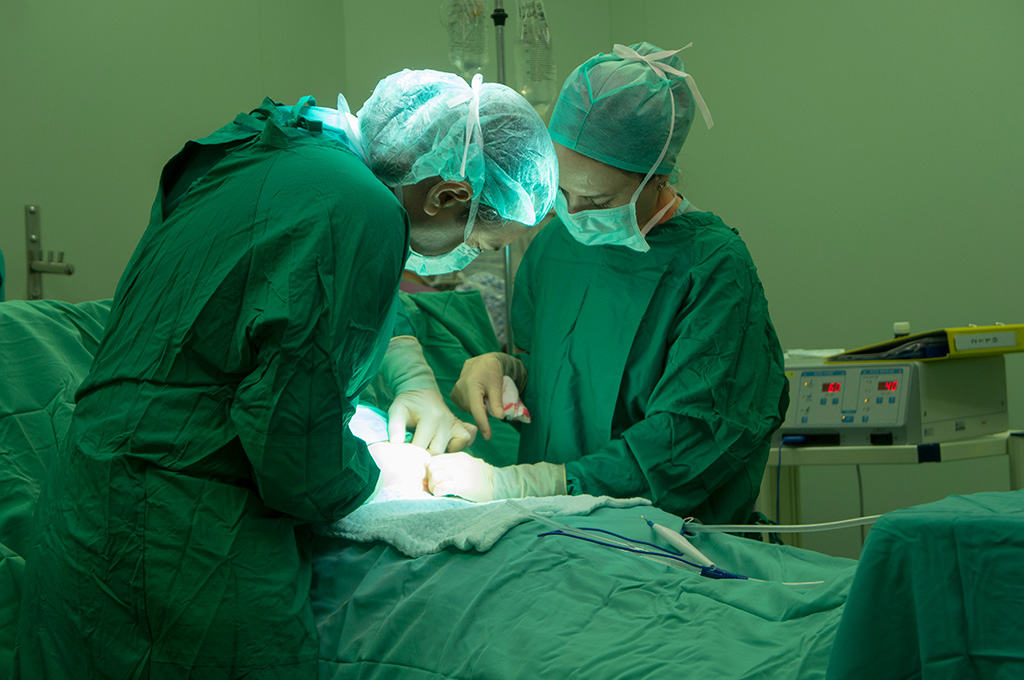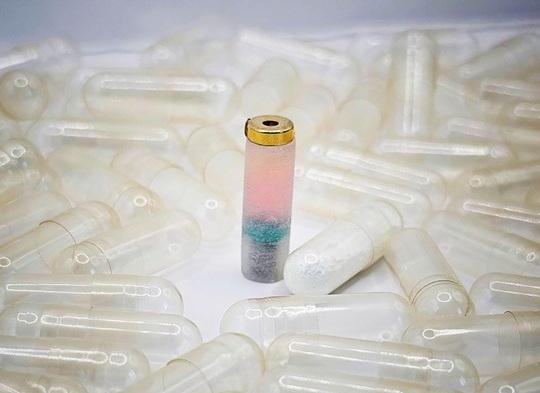Global Minimally Invasive Surgery Market to Surpass USD 23 Billion by 2031 Due to Increasing Geriatric Population
|
By HospiMedica International staff writers Posted on 12 Apr 2022 |

Minimally invasive surgery (MIS) is a modern technique that enables surgeons to use endoscopic procedures to address diverse issues. Instruments used during MIS are small and hence, the incisions are smaller than in a traditional open surgery. Additionally, the technology is proving its efficiency in treatment while performing complex surgeries. The global MIS market was valued at over USD 8.5 billion in 2020 and is expected to grow moderately to surpass USD 23.5 billion in 2031, driven by lowered risk of infection & complications, reduced scarring & quicker recovery with less pain, less expensive than traditional surgery, favorable reimbursement scenario, rise in cancer awareness and government patient support programs.
These are the latest findings of Transparency Market Research (Albany, NY, USA), a market intelligence provider.
Larger incision during open surgery leads to increased pain and longer recovery time. The recovery time following traditional surgical techniques is usually extensive. However, with MIS, the recovery time is as short as a few days depending upon the surgery type. MIS allows for a shorter hospital stay, with many patients returning home on the same day of the surgery. Moreover, due to smaller incisions and less stitches, the healing time after MIS is less than traditional surgery. Pain and postoperative swelling are also less with this technique, allowing patients to return to their regular activities sooner. MIS requires smaller incisions and hence, the scars are also smaller than with traditional surgical procedures. This increases patient acceptance and quicker recovery, which in turn boosts the growth of the MIS market.
Geographically, North America dominated the global MIS market in 2020, owing to its highly developed healthcare sector, increase in awareness among healthcare professionals about Barrett’s esophagus, colorectal cancer, and gastric cancer treatment devices, and the continuous evolution of technology. Additionally, well-established healthcare & life science industries, early adoption of technologically advanced products, and increase in the geriatric population, which has led to a rise in the number of patients visiting hospitals & clinics, contributed further to North America’s large market share in 2020.
The Asia Pacific MIS market is expected to grow at a faster pace due to an increase in awareness about Barrett’s esophagus, colorectal cancer, and gastric cancer treatment and expansion of the healthcare sector in countries such as China, Japan, and India. Moreover, technological advancements and a surge in the adoption of treatment devices for Barrett’s esophagus, colorectal cancer and gastric cancer are expected to propel the growth of the MIS market in Asia Pacific during the forecast period.
Related Links:
Transparency Market Research
Latest Business News
- Philips and Masimo Partner to Advance Patient Monitoring Measurement Technologies
- B. Braun Acquires Digital Microsurgery Company True Digital Surgery
- CMEF 2025 to Promote Holistic and High-Quality Development of Medical and Health Industry
- Bayer and Broad Institute Extend Research Collaboration to Develop New Cardiovascular Therapies
- Medtronic Partners with Corsano to Expand Acute Care & Monitoring Portfolio in Europe
- Expanded Collaboration to Transform OR Technology Through AI and Automation
- Becton Dickinson to Spin Out Biosciences and Diagnostic Solutions Business
- Boston Scientific Acquires Medical Device Company SoniVie
- 2026 World Hospital Congress to be Held in Seoul
- Teleflex to Acquire BIOTRONIK’s Vascular Intervention Business
- Philips and Mass General Brigham Collaborate on Improving Patient Care with Live AI-Powered Insights
- Arab Health 2025 Celebrates Landmark 50th Edition
- Boston Scientific Acquires Medical Device Company Intera Oncology
- MEDICA 2024 to Highlight Hot Topics of MedTech Industry
- Start-Ups To Once Again Play Starring Role at MEDICA 2024
- Boston Scientific to Acquire AFib Ablation Company Cortex
Channels
Critical Care
view channel
AI Heart Attack Risk Assessment Tool Outperforms Existing Methods
For decades, doctors have relied on standardized scoring systems to assess patients with the most common type of heart attack—non-ST-elevation acute coronary syndrome (NSTE-ACS). The GRACE score, used... Read more
'Universal' Kidney to Match Any Blood Type
Blood-type incompatibility has long been one of the greatest obstacles in organ transplantation, forcing thousands of patients—particularly those with type O blood—to wait years longer for compatible donors.... Read moreSurgical Techniques
view channel
Minimally Invasive Endoscopic Surgery Improves Severe Stroke Outcomes
Intracerebral hemorrhage, a type of stroke caused by bleeding deep within the brain, remains one of the most challenging neurological emergencies to treat. Accounting for about 15% of all strokes, it carries... Read more
Novel Glue Prevents Complications After Breast Cancer Surgery
Seroma and prolonged lymphorrhea are among the most common complications following axillary lymphadenectomy in breast cancer patients. These postoperative issues can delay recovery and postpone the start... Read morePatient Care
view channel
Revolutionary Automatic IV-Line Flushing Device to Enhance Infusion Care
More than 80% of in-hospital patients receive intravenous (IV) therapy. Every dose of IV medicine delivered in a small volume (<250 mL) infusion bag should be followed by subsequent flushing to ensure... Read more
VR Training Tool Combats Contamination of Portable Medical Equipment
Healthcare-associated infections (HAIs) impact one in every 31 patients, cause nearly 100,000 deaths each year, and cost USD 28.4 billion in direct medical expenses. Notably, up to 75% of these infections... Read more
Portable Biosensor Platform to Reduce Hospital-Acquired Infections
Approximately 4 million patients in the European Union acquire healthcare-associated infections (HAIs) or nosocomial infections each year, with around 37,000 deaths directly resulting from these infections,... Read moreFirst-Of-Its-Kind Portable Germicidal Light Technology Disinfects High-Touch Clinical Surfaces in Seconds
Reducing healthcare-acquired infections (HAIs) remains a pressing issue within global healthcare systems. In the United States alone, 1.7 million patients contract HAIs annually, leading to approximately... Read moreHealth IT
view channel
















